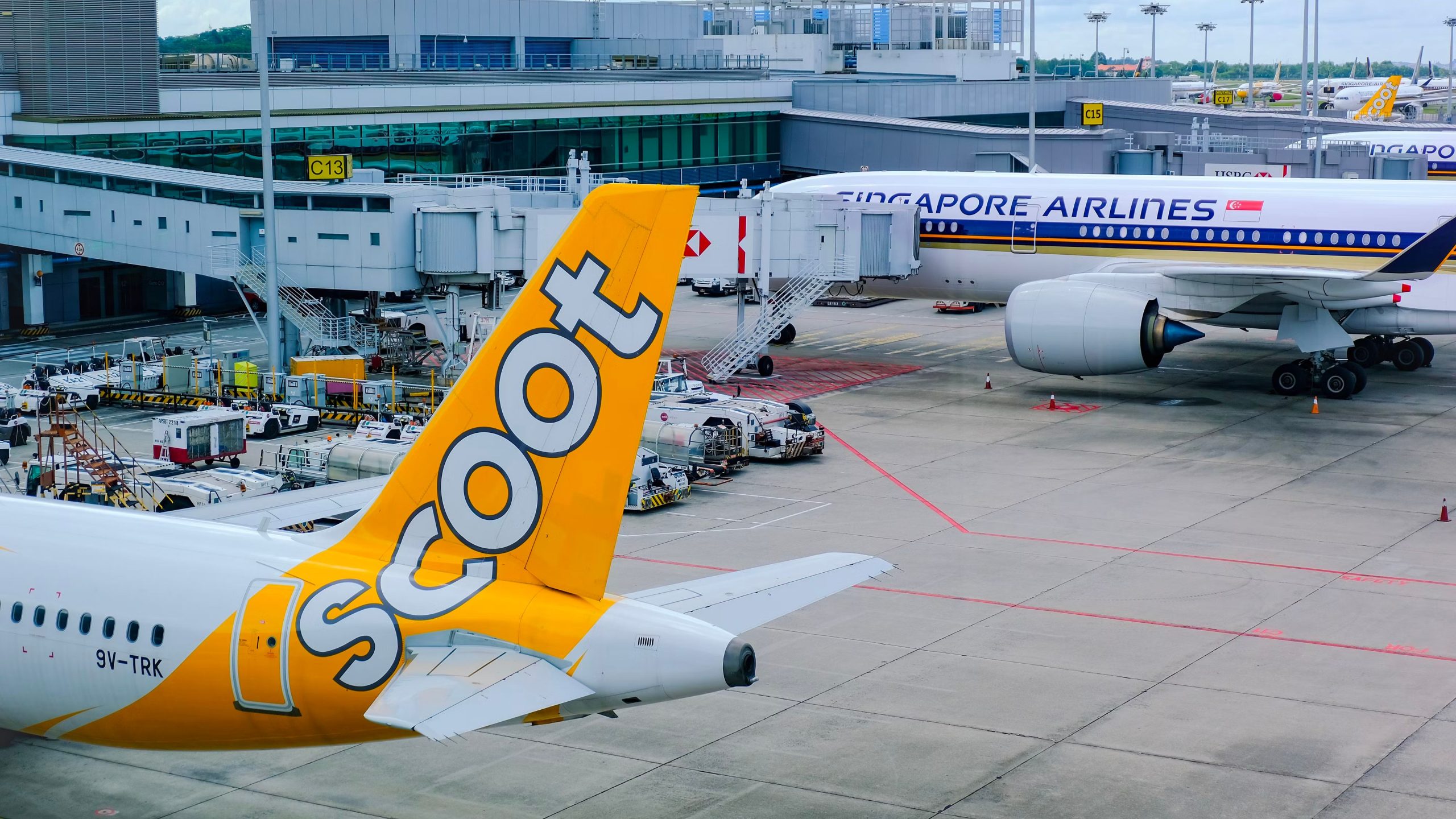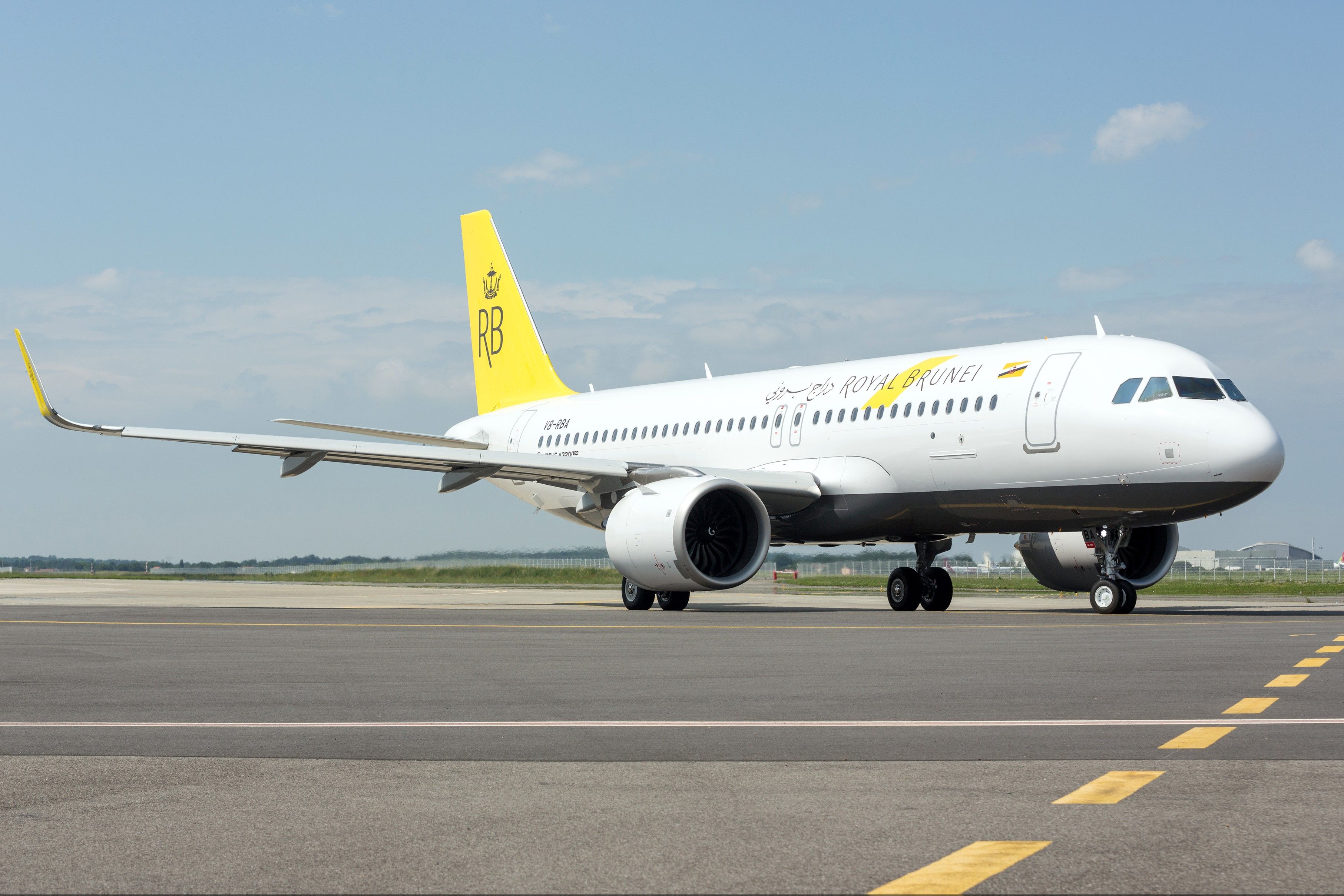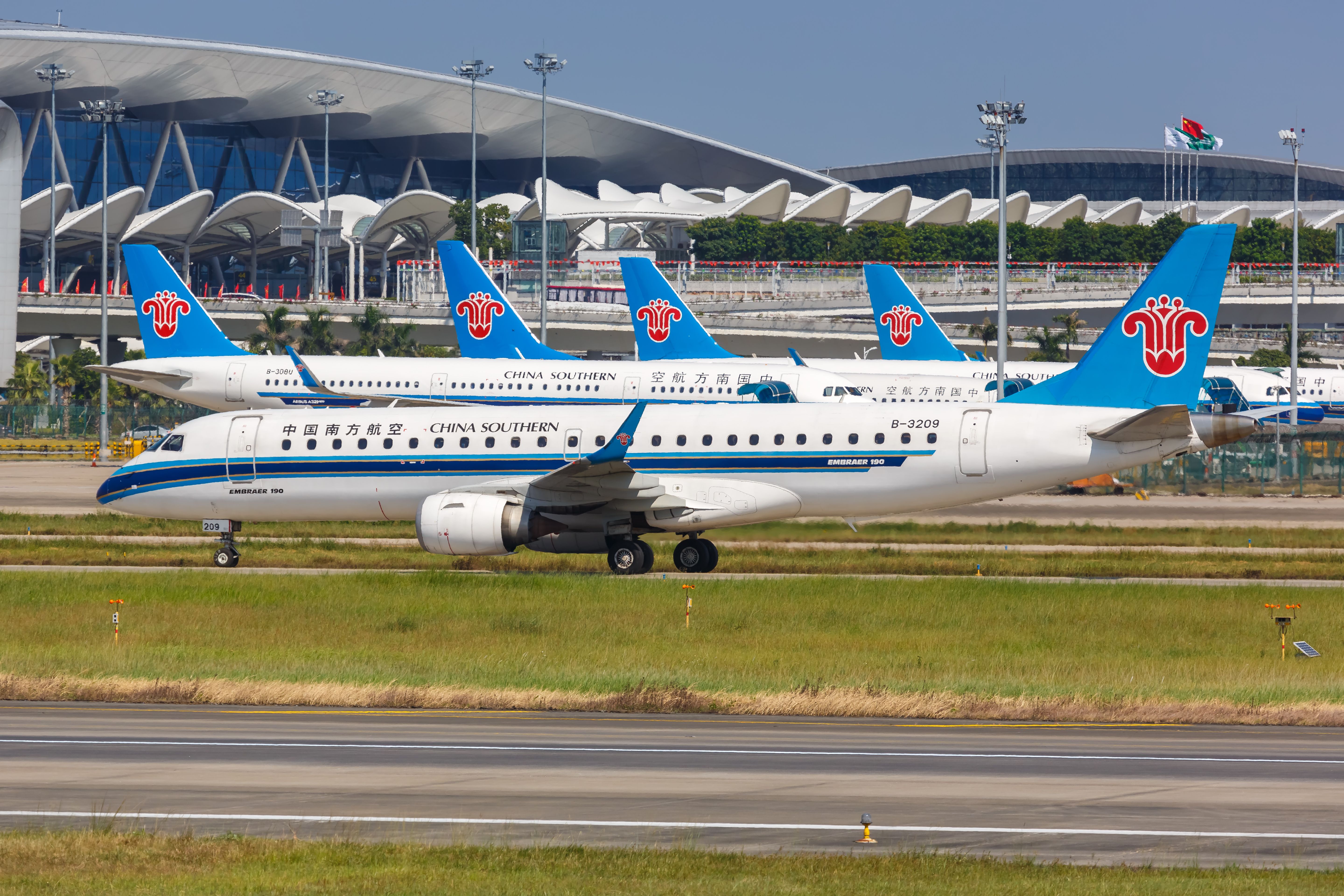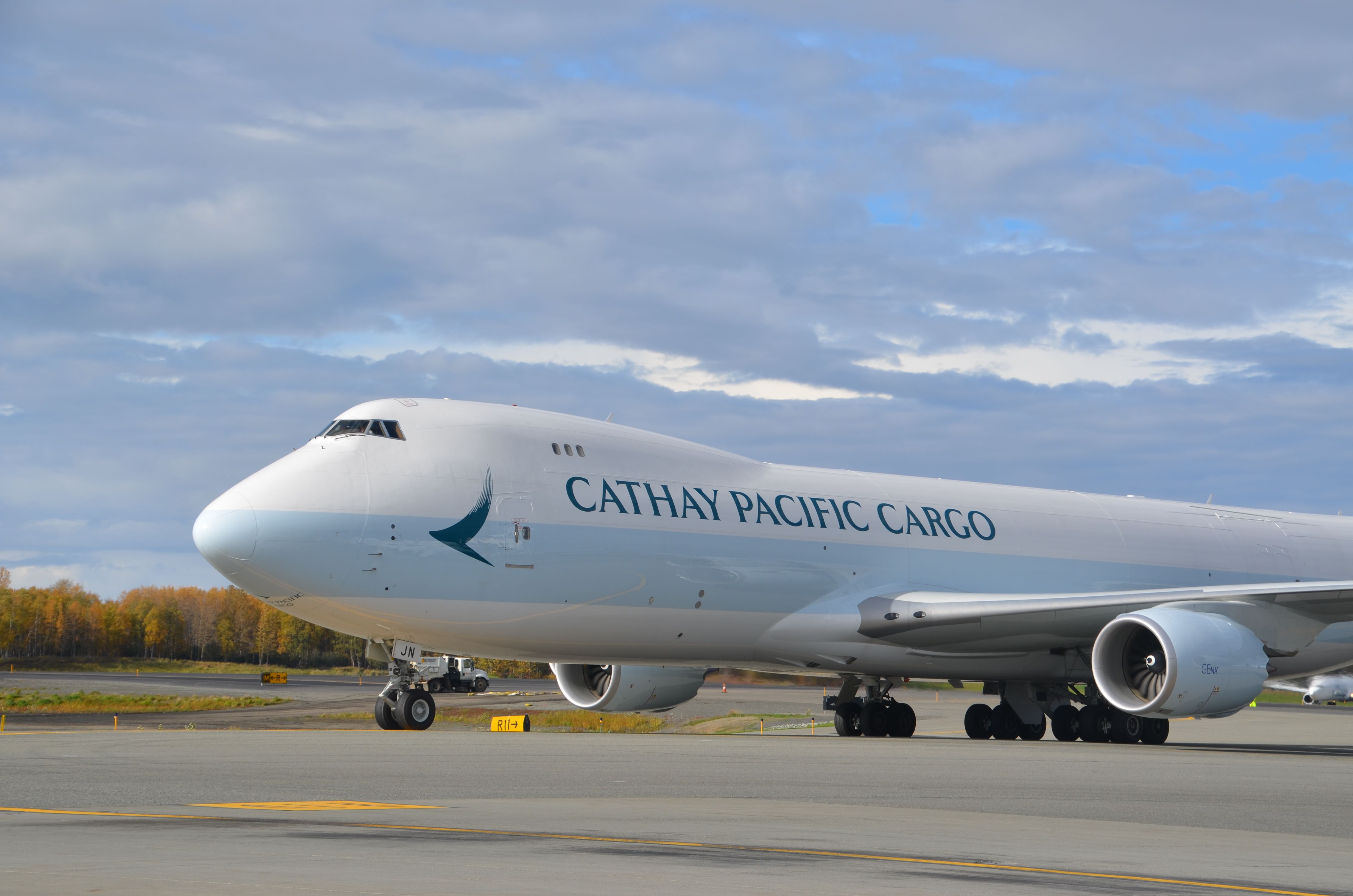Summary
- The latest traffic figures indicate a steady recovery in international passenger numbers in the Asia-Pacific region.
- Although there has been disciplined growth in adding capacity there have been challenges faced by airlines in returning stored aircraft and dealing with personnel shortages and supply chain disruptions.
Released today, the latest traffic figures from the Association of Asia Pacific Airlines paint a picture of continued recovery on an almost linear plane back towards 2019 levels. International passenger numbers have steadily grown throughout the first eight months of the year, with the region’s airlines taking a disciplined approach to matching capacity with demand and controlling load factors.
Photo: Airbus
The report compiled by the Association of Asia Pacific Airlines (AAPA) comes from the aggregated traffic data of forty carriers based in the region. The data comes from airlines of all sizes and market segments, such as Singapore Airlines, AirAsia, Qantas, Air India, China Eastern, Asiana and Royal Brunei, and presents an informative cross-section of what is happening in Asia-Pacific, a region that represents around one-third of global passenger traffic.
Seven million passengers missing from 2019
In August, Asia-Pacific airlines carried 25.7 million international passengers, a 129.7% year-on-year growth but still well short of the 32.6 million they carried in August 2019. The disciplined growth is seen with revenue passenger kilometers (demand) rising by 102% year-on-year, but available seat kilometers (capacity) only increasing by 88.7%, resulting in the passenger load factor reaching 82.8%, exactly the same as it was in August 2019.
AAPA Director Subhas Menon has previously told Simple Flying that bringing capacity back has not always been straightforward throughout the region, with personnel shortages, supply chain disruptions and the lack of maintenance slots impacting on bringing stored aircraft back to service. Many of the airlines in the region have battled these issues, with Tony Fernandes of AirAsia recently outlining how difficult it has been to get all of his fleet back into service.
Photo: Markus Mainka/Shutterstock
However, now that group travel is once again possible in the China market and most airlines have a critical mass of aircraft back, AAPA said that despite the moderation in global economic activity demand has continued to grow in the services sector, including travel and tourism. On a year-to-date basis, the region’s airlines have carried 171.4 million international passengers, compared to just 51.6 million in the same period last year,
While forward booking trends indicate resilient demand in the coming months, Menon also noted some headwinds need to be considered.
“While this augurs well for the passenger business segment, airlines are facing higher costs, driven by inflation and the recent rise in jet fuel prices, which threaten to squeeze margins. Delays in aircraft deliveries and parts shortages may affect airline fleet deployment plans.
Competition is also intensifying in tandem with the increase in capacity globally. Asian airlines remain focused on efforts to increase productivity, as the industry strives to return to profitability following three consecutive years of heavy losses.”
The freight sector is under pressure
The return of thousands of passenger aircraft brings a lot more belly-hold freight capacity back into the global market, which is somewhat ironic given how transporting freight on passenger aircraft kept some airlines operating. AAPA said that in August renewed declines in export orders prolonged the decline in air cargo markets, with demand (freight tonne kilometers) falling by 1.8% year-on-year.
Photo: Cathay Pacific
The international freight load factor declined by 6.6 percentage points to an average of 58.8% in August after accounting for a 9.2% increase in available capacity year-on-year. Between January and August 2023, Asian airlines recorded a 7.6% decline in international air cargo demand, which AAPA said reflected the prevailing weakness in international trade flows.
In another structural change, container shipping rates for sea freight have come down and are closer to pre-pandemic levels, which has directly affected the volume of goods being carried by air, particularly for non-time-sensitive products.



